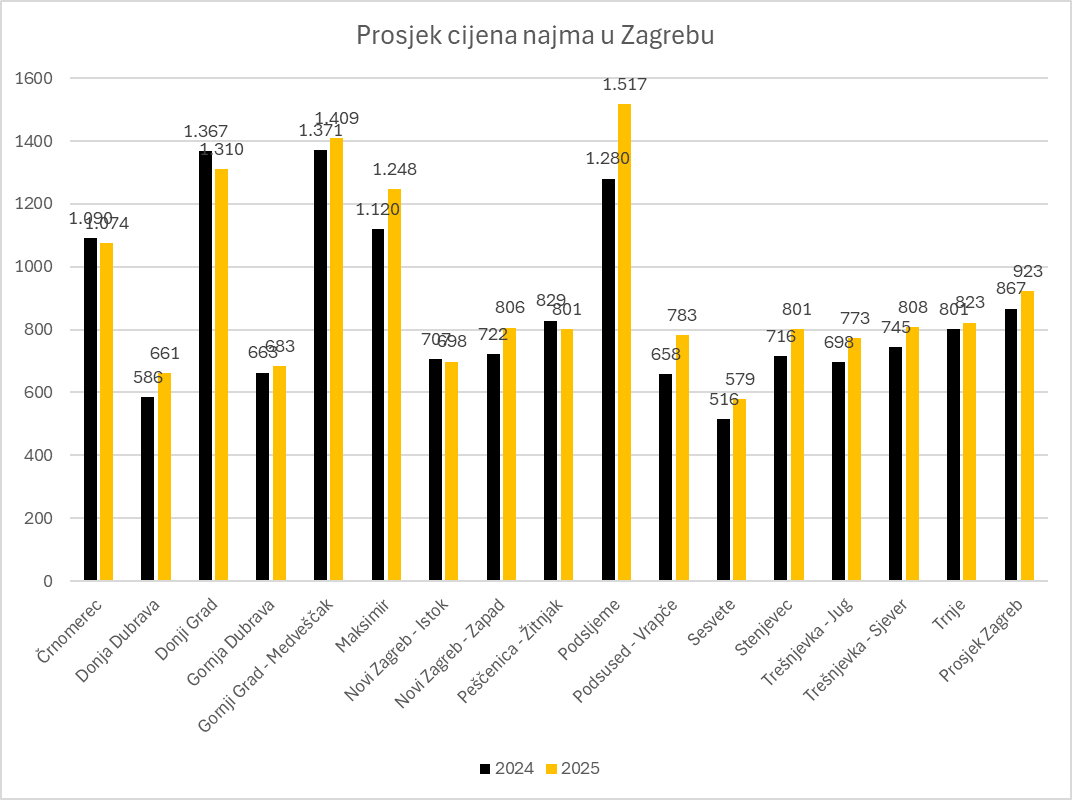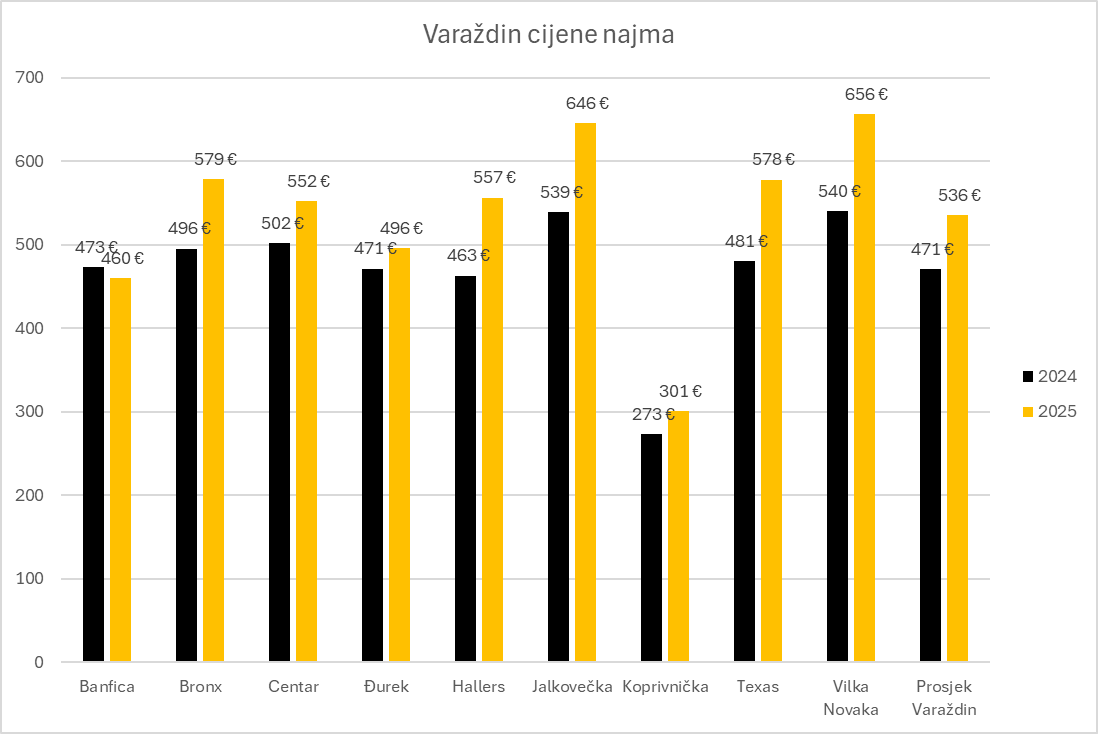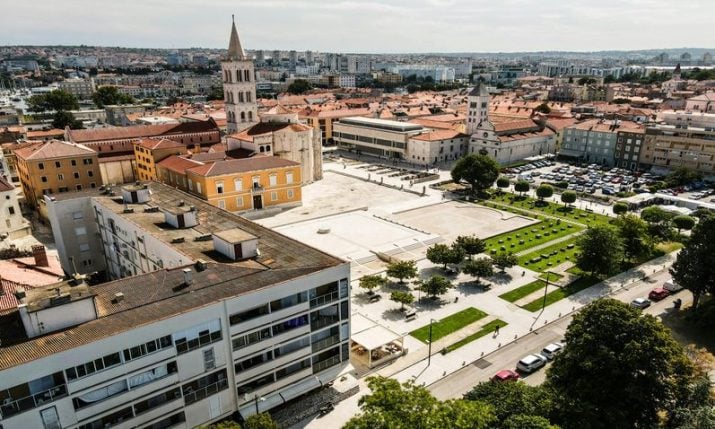by croatiaweek
September 11, 2025
in

Zadar
As the new academic year approaches, rental prices for student accommodation are on the rise across all major Croatian cities, with significant differences between regions, according to recent data from Njuškalo.
Analysing over 13,000 rental listings and comparing trends from the first seven months of 2024 and 2025, the picture is clear: students are facing higher costs and varying apartment sizes depending on location.
In Zagreb, the average monthly rent increased from €867 last year to €923 this year. Prices vary widely by neighbourhood. The most expensive areas remain Gornji Grad–Medveščak and Podsljeme, with average rents in Gornji Grad now reaching €1,409.
Sesvete continues to offer the most affordable options, averaging €579, while Donja Dubrava and Gornja Dubrava hover around €661 and €683, respectively.
Overall, Zagreb’s rental apartments average 77 m², six square metres larger than last year, with Sesvete offering the best balance between size and price.

(Image: Njuškalo)
Varaždin remains the most budget-friendly student city. Average rents rose 14% from €471 to €536 per month.
Koprivnička remains the cheapest neighbourhood at around €300, while Vilka Novaka is the priciest at €656, a 21% increase from last year. Average apartment size is 51 m², little changed from 2024.

(Image: Njuškalo)
In Osijek, rents have seen the largest increase, up 20% to €487 on average. Some areas, like Tvrđa, saw a 25% drop, making it the city’s cheapest neighbourhood at €411.
Areas such as Vatrogasno Naselje experienced the largest surge, from €210 to €543. Average apartment size in Osijek rose from 56 m² to 61 m², with Cvjetno Naselje offering the largest units at 88 m².

(Image: Njuškalo)
Rijeka recorded a 6% increase in average rent, now €763 per month. Costabella is the most expensive neighbourhood at €1,324, while Pehlin remains the only area below €600.
Average apartment size in Rijeka remains steady at 66 m², with Preluk and Costabella offering the largest units, nearly 100 m².

(Image: Njuškalo)
In Zadar, average rent rose 16% to €828. Crvene Kuće leads in cost (€1,184), while Arbanasi is the cheapest at €363. Apartment sizes remain unchanged, averaging 67 m².

(Image: Njuškalo)
Finally, Split saw rents rise from €851 to €904 on average. Thirteen neighbourhoods now exceed €1,000 per month, including Bačvice, Meje, and Marjan. Dujmovača remains the most affordable at €500.
Average apartment size grew slightly to 69 m², with larger apartments available in Zenta, Pazdigrad, and Meje.

(Image: Njuškalo)
Overall, students can expect higher rental costs in 2025, with Zagreb and Split remaining the priciest, while Varaždin continues to offer the most affordable options.
